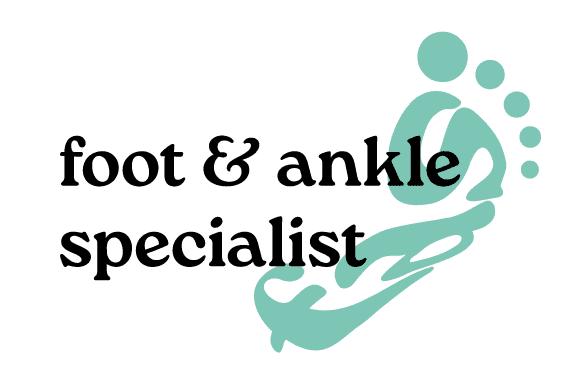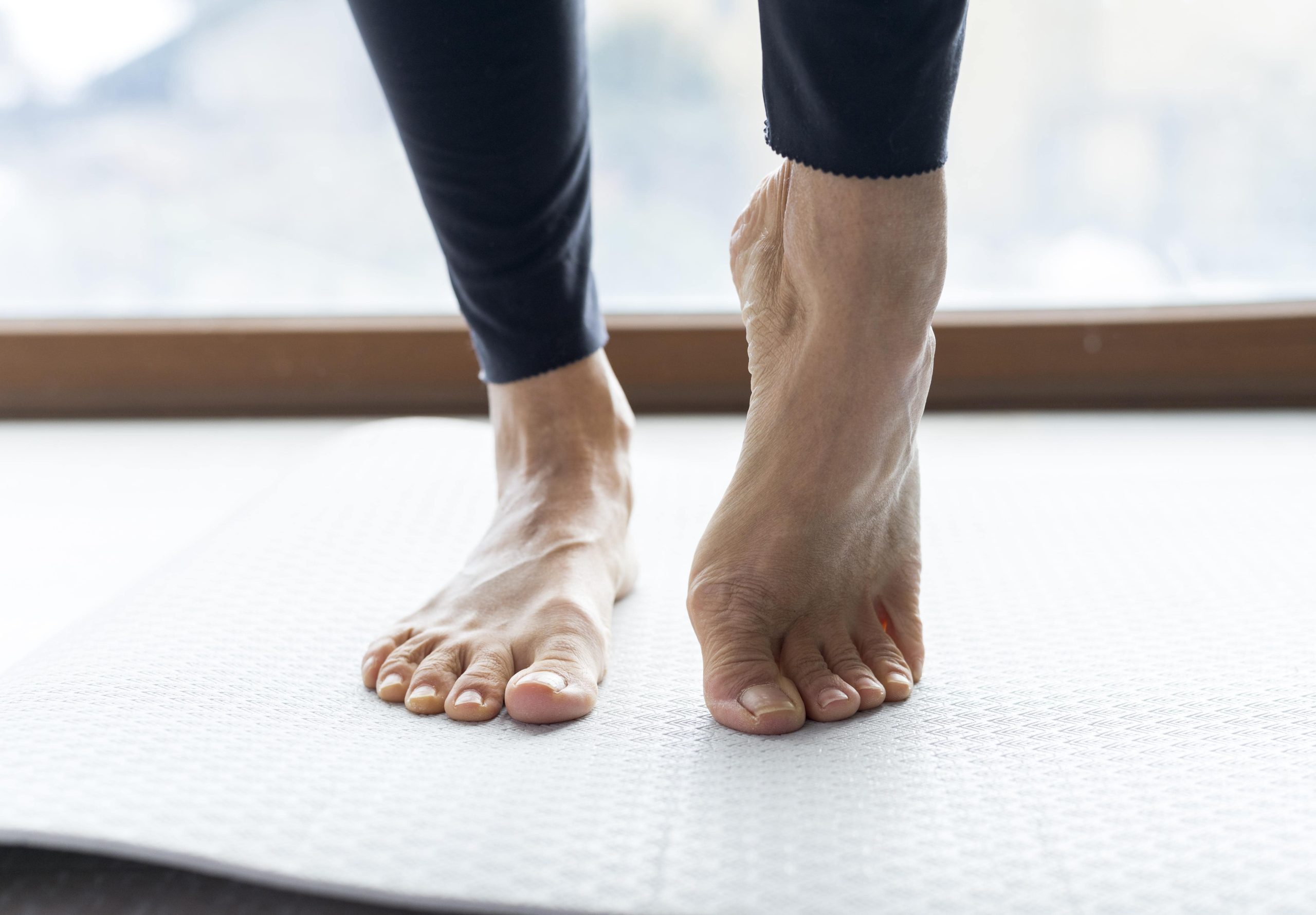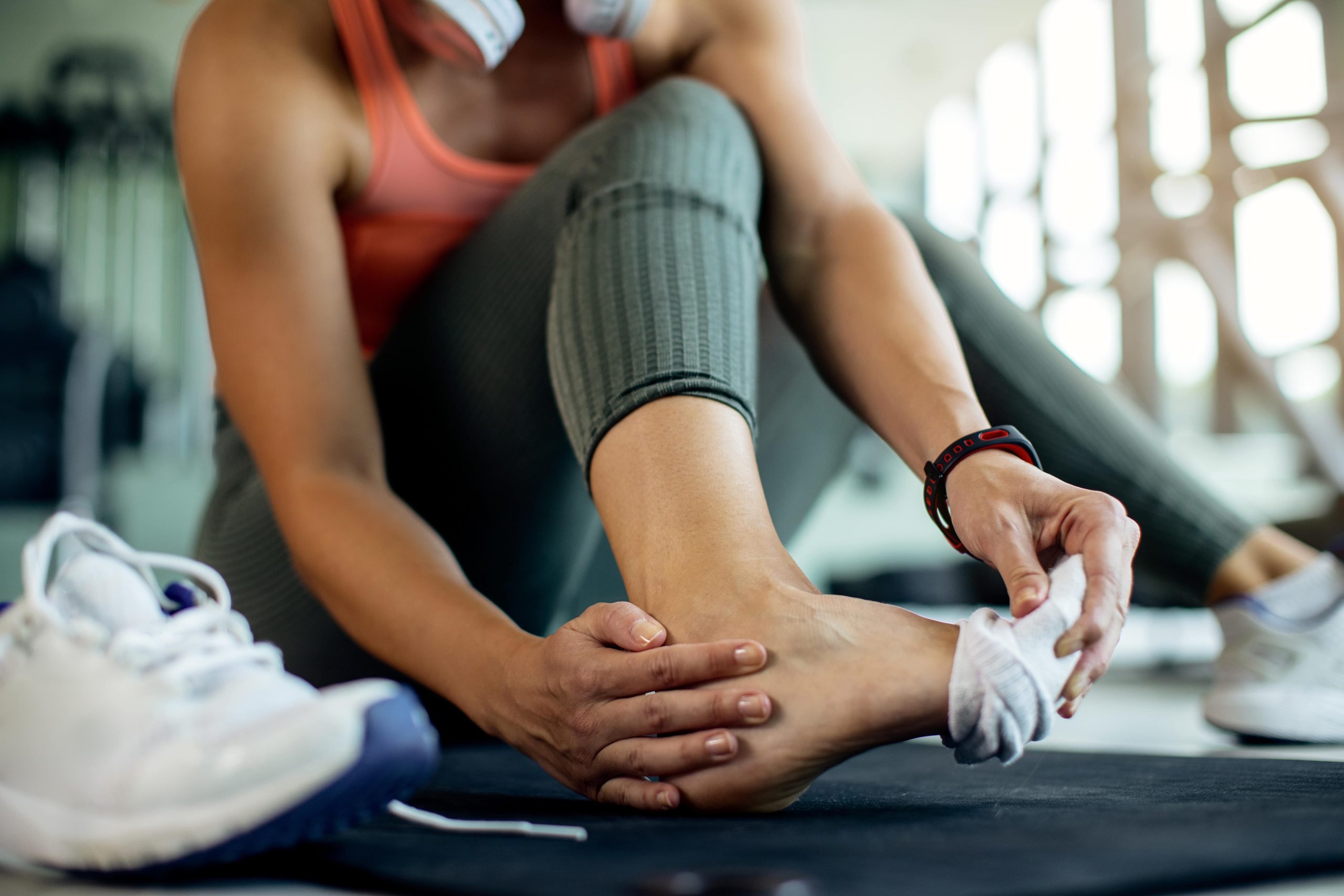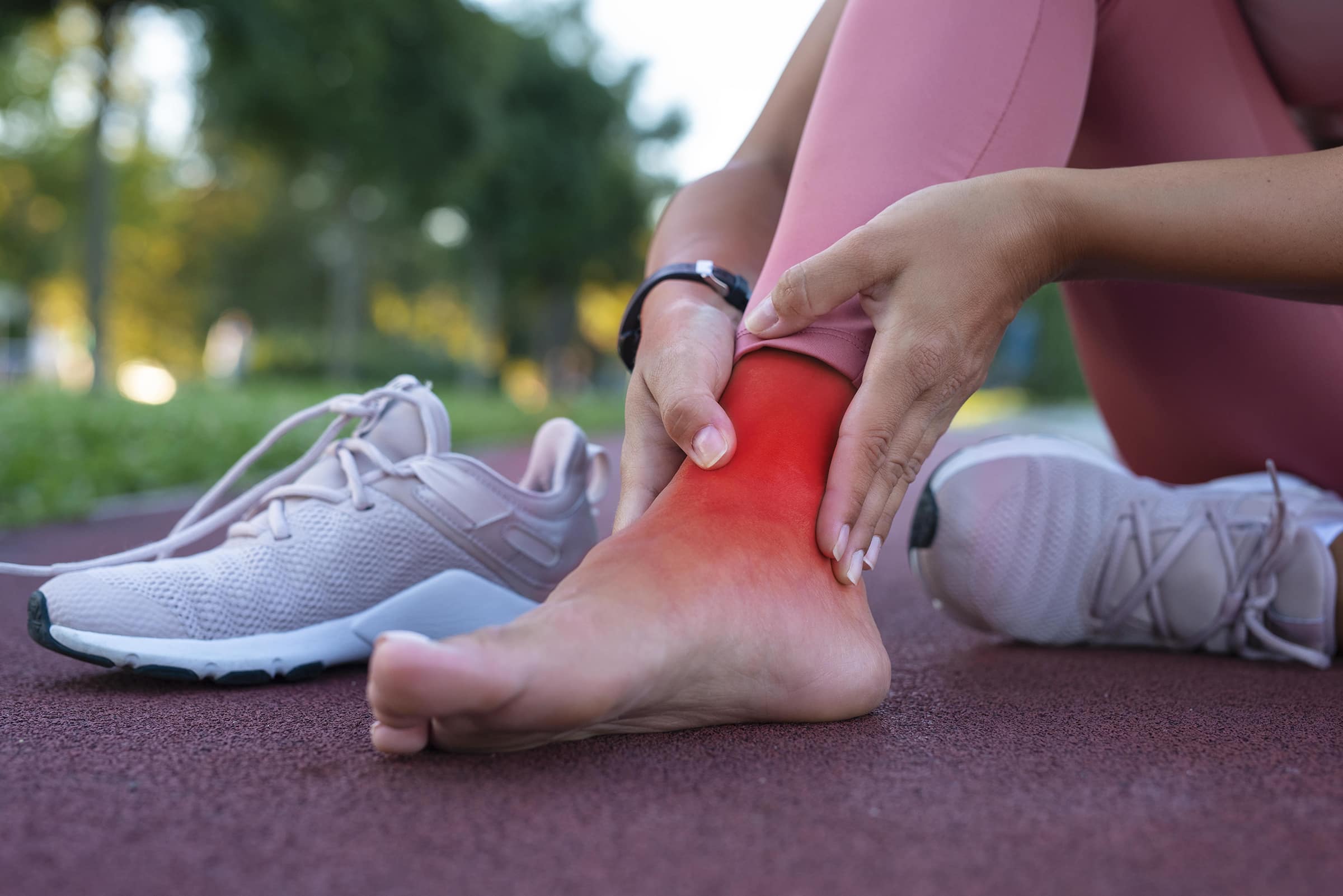Flat feet — also known as fallen arches — are more common than you might think. While many people with flat feet experience no symptoms, others develop pain, fatigue, or joint problems over time, especially as the foot’s natural support structure begins to fail.
As a foot and ankle specialist in Windsor, Mr. Callum Clark regularly helps adults with flatfoot issues regain comfort and mobility. Here’s what you need to know about adult flat feet and how they can be treated.
What Are Flat Feet?
Flat feet occur when the arch of the foot collapses and the entire sole comes into near or full contact with the ground. In adults, this condition is usually classified as adult-acquired flatfoot deformity (AAFD).
It can affect one or both feet and tends to worsen with age or repetitive strain.
What Causes Flat Feet in Adults?
There are several underlying causes, including:
- Posterior tibial tendon dysfunction (PTTD) – the most common cause, involving weakening of the tendon that supports the arch
- Obesity – excess weight places additional strain on the foot’s supporting structures
- Rheumatoid arthritis – chronic inflammation can affect the tendons and joints
- Injury or trauma – fractures or torn tendons
- Genetics – some people naturally have lower arches that collapse over time
Symptoms of Flat Feet
Not all flat feet are painful, but when symptoms occur, they may include:
- Pain along the inside of the foot or ankle
- Swelling in the arch or ankle area
- Fatigue after standing or walking for long periods
- Difficulty standing on tiptoe
- Rolling of the ankle inward when walking (overpronation)
- Knee, hip, or lower back pain due to altered gait mechanics
Diagnosis and Assessment
Diagnosing flat feet involves:
- A clinical examination to assess arch height, flexibility, and joint alignment
- Imaging (X-rays or MRI) to check for tendon damage, joint arthritis, or structural changes
- A gait analysis to evaluate how the foot moves during walking
How Are Flat Feet Treated?
Treatment depends on severity and symptoms. Mr. Clark offers both conservative and surgical options.
👟 Non-Surgical Treatment
- Custom orthotics – arch support insoles designed to redistribute pressure and correct foot posture
- Supportive footwear – avoiding flat or unsupportive shoes is essential
- Physiotherapy – targeted exercises to strengthen the arch-supporting tendons
- Weight management – reduces pressure on foot structures
- Anti-inflammatory medications – for pain and swelling control
These measures often provide significant relief in mild to moderate cases.
🔧 Surgical Treatment
Surgery may be considered if:
- Pain persists despite conservative care
- The foot is severely deformed or stiff
- Tendon tears, joint collapse, or arthritis are present
Procedures may include tendon repair or transfer, bone realignment (osteotomy), or joint fusion in advanced cases.
Mr. Callum Clark is highly experienced in reconstructive foot surgery, offering tailored procedures based on your activity level and long-term needs.
Flat Feet Care in Windsor – Book a Specialist Consultation
If you’re struggling with flat feet or arch pain in Windsor, early evaluation is the key to preventing progression. Mr. Clark provides expert, personalised care to help restore foot function and keep you active.



